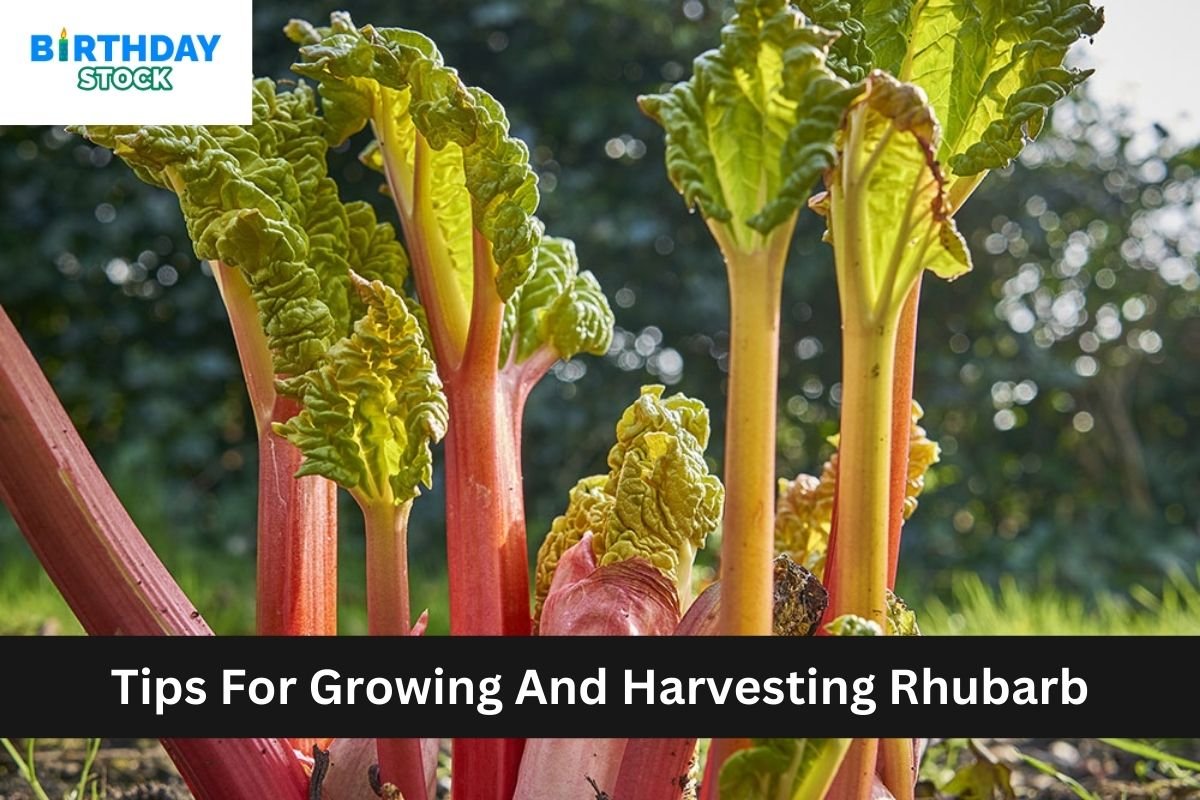Planting Orchids: How to Repot an Orchid Plant: It might seem hard to repot an orchid, but if you know what you’re doing and have the right tools, it can be easy and fun.
Planting Orchids: How to Repot an Orchid Plant
Repotting is important for keeping your orchid healthy and alive, no matter how long you’ve had it or how new you are to growing orchids. This guide will show you how to successfully repot an orchid.
Why Repot Your Orchid?
For several reasons, orchids need to be moved to a new pot:
Medium That Breaks Down: The medium used in pots breaks down over time. This can cause problems with drainage and root rot.
Outgrowing the Pot: Orchids can get too big for their pots, which makes it hard for the roots to grow and take in nutrients.
Health Check: When you repot, you can look at the roots and fix any problems you find.
In general, orchids need to be repotted every one to two years or when the medium starts to break down or the plant’s roots get too big for its pot.
When to Repot
Just after an orchid blooms is the best time to move it to a new pot. During this time, the plant can put its energy into growing roots and leaves instead of flowers. Repotting a plant while it’s blooming can be stressful, so don’t do it unless you have to.
Tools and Materials Needed
Get the following tools and supplies ready before you start:
- A new pot that is clear so you can see how healthy the roots are.
- Potting mix for orchids, which is usually a mix of bark, perlite, and sphagnum moss
- Clean scissors or pruning shears
- Gloves (not required)
- A bucket or basin
- For when your orchid needs to be held up, a stake and clips
Steps to Repot an Orchid
1. Preparation
Water the Orchid: A day before repotting, give the orchid a lot of water. This will make the roots more flexible and easier to work with.
Set up the new pot and heat source: For a few hours, soak the new potting mix in water to make sure it’s well-hydrated.
2. Removing the Orchid from Its Current Pot
Slowly squeeze the pot to get the roots out. If the roots are stuck together, use a clean knife to cut them away from the sides of the pot.
With care, slide the orchid out of the pot while supporting the plant’s base to keep it from getting hurt.
3. Cleaning the Roots
It’s best to shake or rinse off the old potting soil. Check the roots to see if they are healthy. Roots that are healthy are firm and white or green, while roots that are dead are soft and brown or black.
Cut off any roots that are dead or rotting with clean scissors. This keeps people from getting sick and helps them grow in a healthy way.
Also See:
Can Dogs Get Salmonella Poisoning-Dog Safety
4. Positioning in the New Pot
At the bottom of the pot, put a layer of the wet new potting mix.
Put the orchid in the middle of the pot and gently spread out the roots. Make sure the plant’s base (where the roots begin) is just below the pot’s edge.
Put more potting mix around the roots and gently tap the pot to settle the mix. Orchids need air to flow around their roots, so don’t pack it too tightly.
5. Securing the Orchid
Use a stake and clips to hold up an orchid that is heavy at the base or has long flower spikes. Put the stake into the potting mix and hold the plant in place in a soft but firm way.
6. Aftercare
Watering: Wait a few days after repotting before watering so that any roots that were hurt can heal and keep the plant from going bad. Then, water it well and let all of the water drain out.
Light and Humidity: The orchid needs to be kept somewhere humid and with indirect light. Keep the leaves out of direct sunlight, which can burn them.
Feeding: Once the plant is comfortable in its new pot, start feeding it regularly with a balanced orchid fertilizer.
7. Common Mistakes to Avoid
Overwatering: One of the most common mistakes people make is giving newly repotted orchids too much water. Make sure the soil can drain well, and wait a few days before watering again.
Using Regular Soil: For orchids to grow well, they need special potting mix. Regular soil doesn’t have enough air flow and keeps too much water in it.
Not Seeing Stress Signs: After repotting, keep a close eye on your orchid. If you see yellowing leaves, buds falling off, or no new growth, it could mean that there are problems with the way you repotted the plant or how you care for it.
Conclusion
Repotting an orchid is an important part of taking care of them because it helps them grow and flower in a healthy way. If you follow these steps and stay away from common mistakes, your orchid will stay healthy and pretty. After some practice and time, repotting your orchids will become an easy and regular part of their care. Have fun growing!















